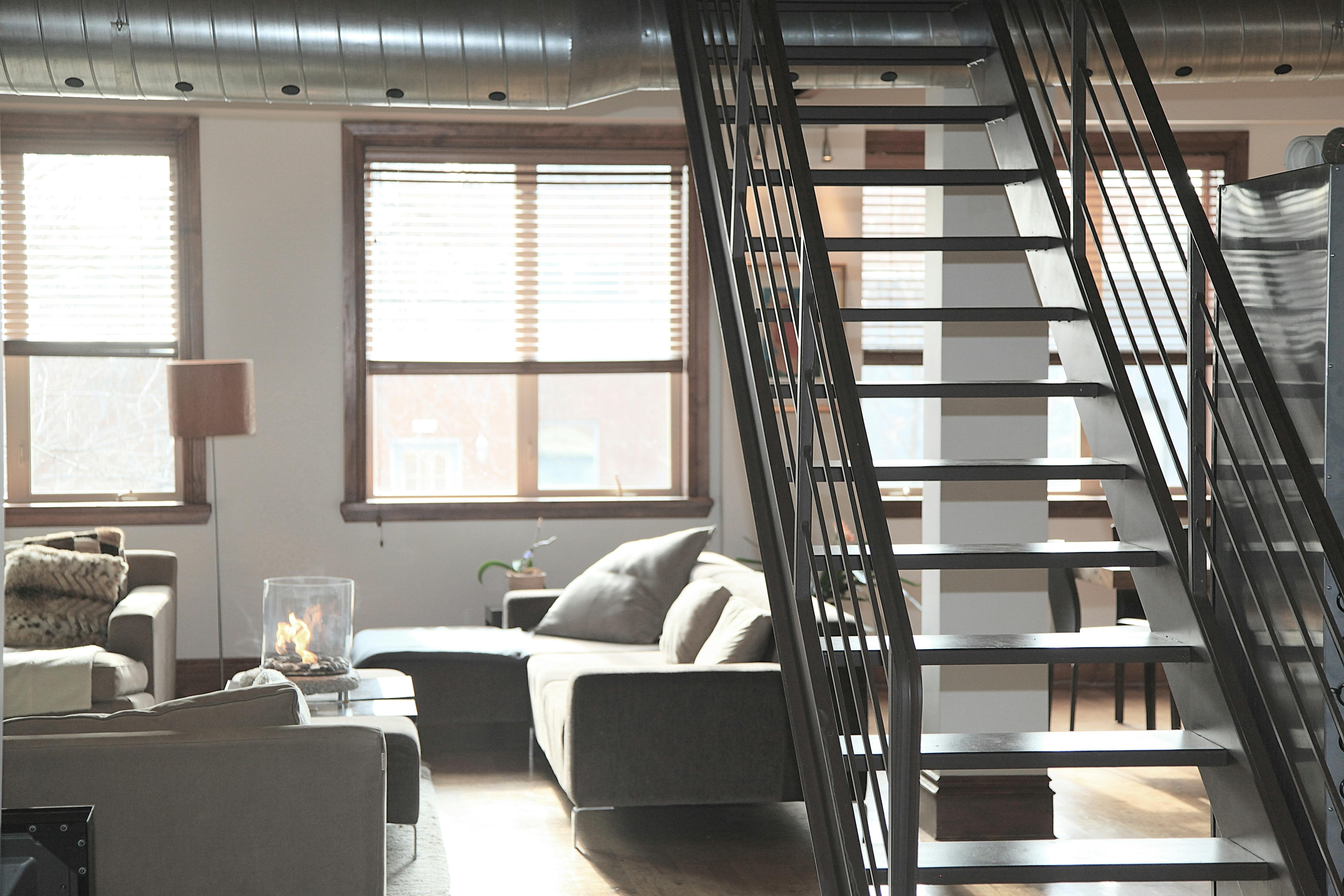Upcycling Concrete: From Industrial to Chic
In a world where sustainability meets style, an unexpected hero emerges from the urban landscape: concrete. Once relegated to construction sites and industrial spaces, this versatile material is now making waves in home decor. Designers and DIY enthusiasts alike are discovering the untapped potential of concrete, transforming this utilitarian substance into stunning, bespoke pieces that add a touch of modern sophistication to any living space.

The Concrete Renaissance: A Historical Perspective
Concrete’s journey from construction staple to interior design darling is a testament to human creativity and adaptability. Historically, concrete has been synonymous with durability and strength, used primarily in architecture and infrastructure. The ancient Romans were among the first to harness its potential, creating magnificent structures like the Pantheon that have stood the test of time.
However, it wasn’t until the mid-20th century that concrete began to be appreciated for its aesthetic qualities. Brutalist architecture embraced the raw beauty of exposed concrete, challenging traditional notions of what constituted attractive building materials. This shift in perception laid the groundwork for concrete’s eventual entry into the realm of home decor.
In recent years, the industrial chic movement has further propelled concrete into the spotlight. Homeowners and designers began to see the appeal of its raw, unfinished look, which provides a perfect counterpoint to softer, more traditional elements in interior spaces.
Concrete Crafting: Techniques and Tips
The beauty of working with concrete lies in its versatility and accessibility. With a few basic tools and some creative vision, anyone can transform this humble material into stunning home decor pieces. Here are some techniques that are gaining popularity among DIY enthusiasts:
Molding: This involves pouring liquid concrete into molds to create shapes ranging from simple geometric forms to intricate designs. Silicone molds are particularly popular due to their flexibility and ease of use.
Embedding: This technique involves pressing objects into wet concrete to create unique textures and patterns. Items like leaves, pebbles, or even small trinkets can be used to add visual interest.
Staining and Dyeing: Concrete doesn’t have to be grey. Various stains and dyes can be used to add color, creating effects ranging from subtle earth tones to vibrant hues.
Polishing: For a sleek, modern look, concrete can be polished to a high sheen, rivaling the sophistication of marble or granite.
From Floor to Decor: Practical Applications
The applications of concrete in home decor are limited only by one’s imagination. Here are some popular ways people are incorporating this versatile material into their homes:
Furniture: Concrete coffee tables, side tables, and even dining tables are becoming increasingly common. These pieces often combine concrete with other materials like wood or metal for a balanced, contemporary look.
Planters: Concrete planters offer a modern, minimalist aesthetic that complements a wide range of plant types. Their weight and durability make them ideal for both indoor and outdoor use.
Lighting Fixtures: Concrete pendant lights and table lamps provide a unique, industrial-chic vibe to any room. The opacity of concrete creates interesting light patterns, adding depth and character to the space.
Decorative Objects: From bookends to candle holders, small concrete objects can add a touch of modern sophistication to shelves and mantels.
The Aesthetic Appeal: Why Concrete Works
The growing popularity of concrete in home decor can be attributed to several factors:
Texture and Depth: Concrete’s natural variations in color and texture add visual interest and depth to a space, creating a dynamic interplay of light and shadow.
Versatility: Concrete can be molded into virtually any shape, allowing for customization and creativity in design.
Durability: Unlike more delicate materials, concrete pieces can withstand daily use and are often more resistant to wear and tear.
Eco-Friendly Potential: When sourced responsibly and combined with recycled materials, concrete can be a sustainable choice for eco-conscious homeowners.
Balancing Act: Incorporating Concrete into Your Decor
While concrete can make a strong design statement, the key to successfully incorporating it into your home lies in balance. Here are some tips for integrating concrete elements without overwhelming your space:
Contrast is Key: Pair concrete pieces with softer textures like wool, linen, or velvet to create a harmonious balance.
Consider Scale: Large concrete elements can serve as striking focal points, while smaller items can add subtle industrial touches throughout a room.
Color Coordination: Use the natural grey tones of concrete as a neutral base, and build your color palette around it. Alternatively, experiment with colored concrete to complement your existing decor.
Mix Materials: Combine concrete with wood, metal, or glass to create visual interest and prevent the space from feeling too heavy or industrial.
As we continue to redefine our living spaces, concrete stands out as a material that embodies both strength and beauty. Its transformation from a purely functional substance to a beloved design element speaks to our evolving appreciation for raw, honest materials in our homes. By embracing concrete’s unique characteristics and learning to work with its natural properties, we open up a world of creative possibilities in home decor. Whether you’re a seasoned designer or a DIY novice, the art of upcycling concrete offers an exciting avenue for personal expression and sustainable design in the modern home.





